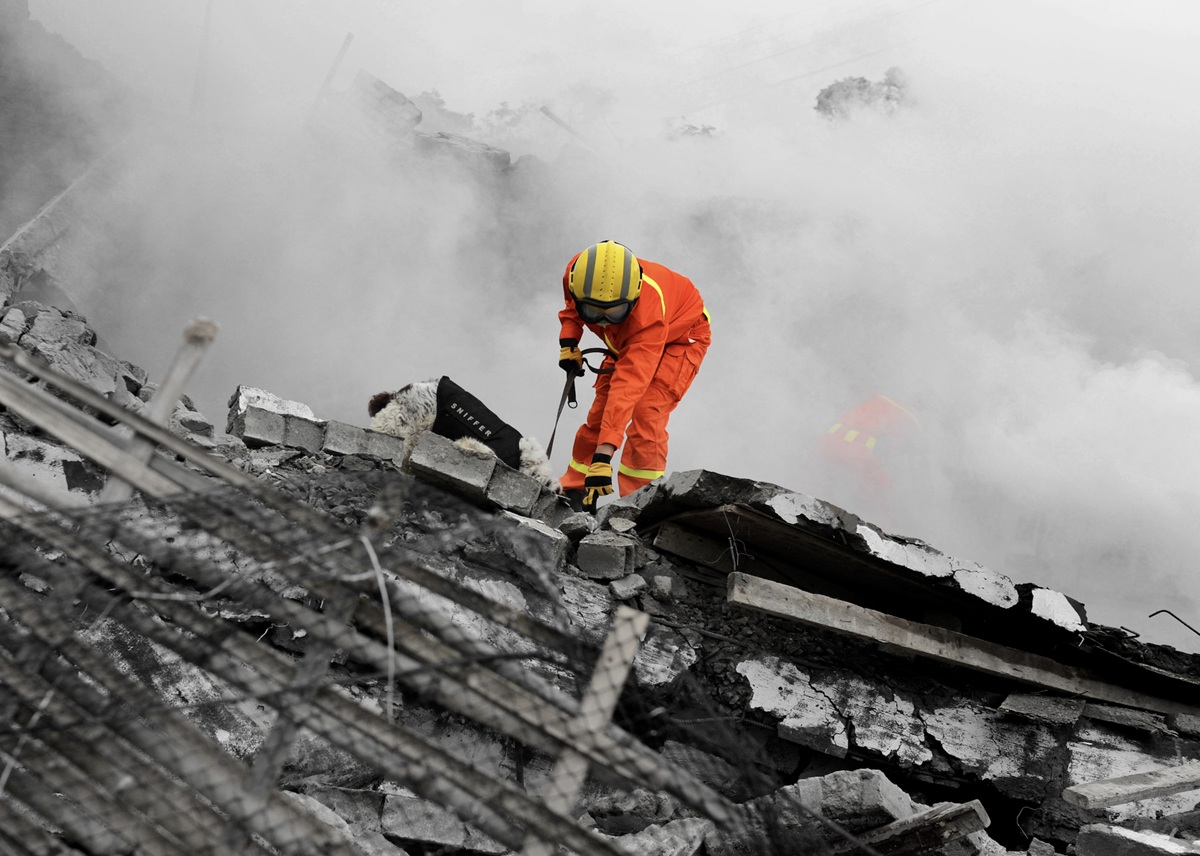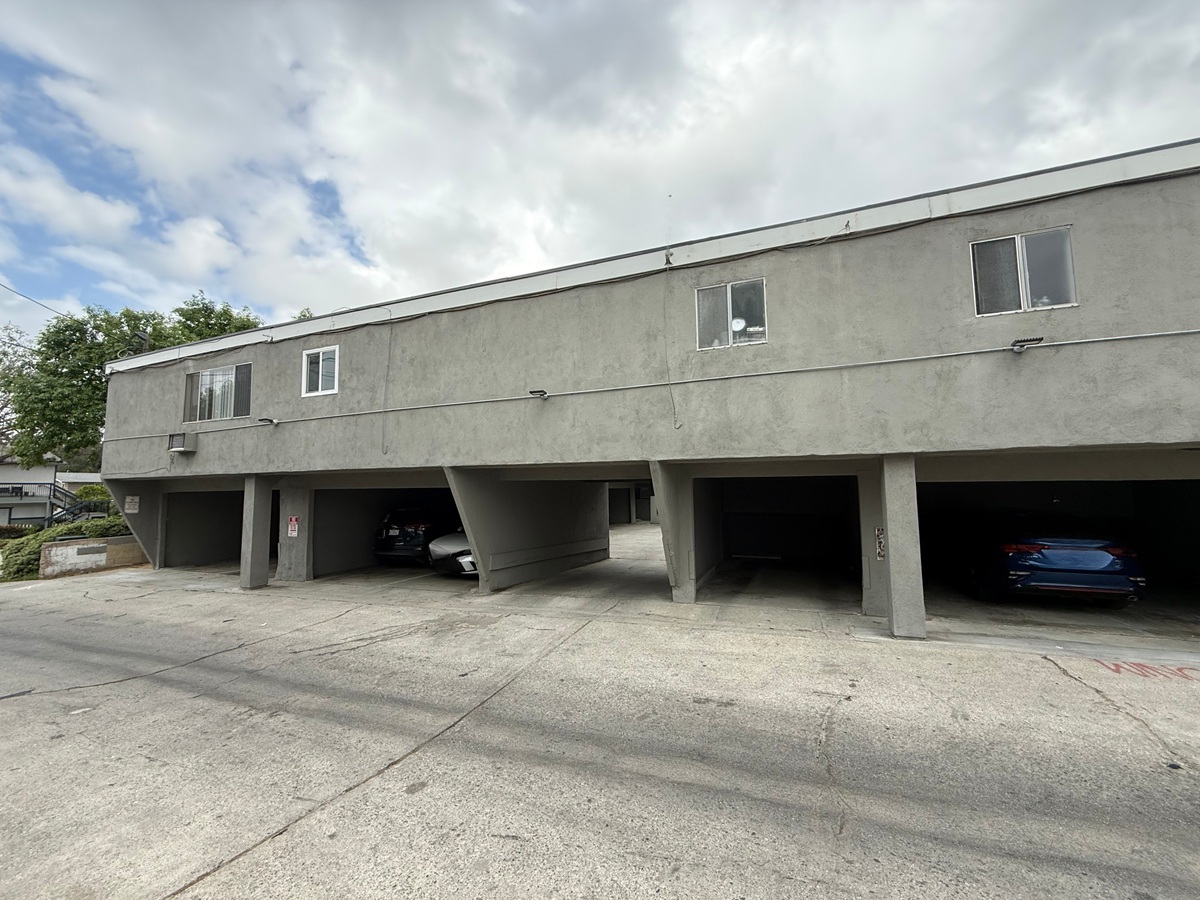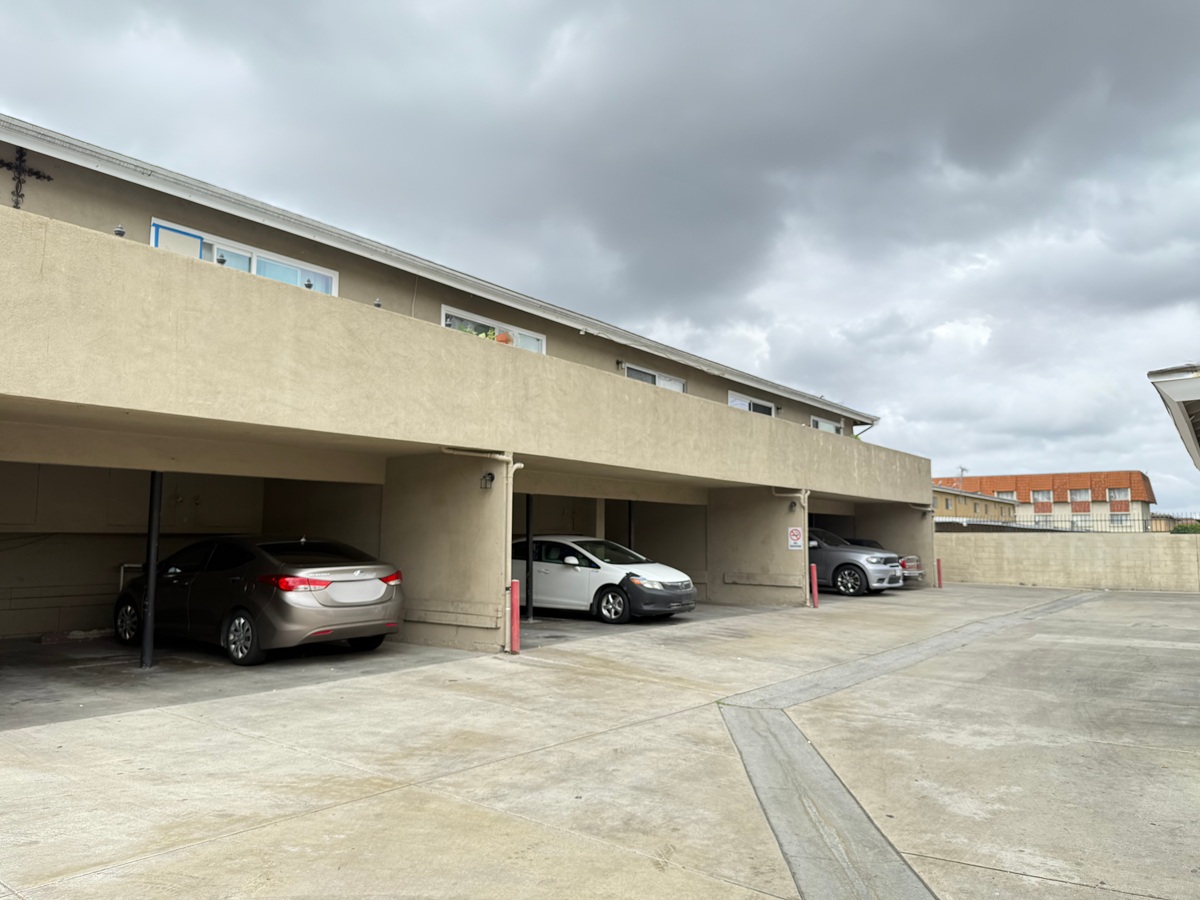In recent years, Long Beach has taken bold steps toward creating a more equitable and resilient city. Community forums, listening sessions, and equity initiatives have brought thousands of residents together to confront the realities of racial and socioeconomic disparities—and to find pathways toward meaningful change.
One area that often goes overlooked in equity conversations, but is critically important, is the structural safety of our buildings—especially when it comes to earthquakes.
Seismic Safety Is Social Justice
The truth is, not all buildings are created equal—and neither are the communities that live and work in them. In many cities, including Long Beach, older structures that pre-date modern seismic codes are disproportionately located in low-income neighborhoods and serve as affordable housing or industrial space for small businesses. These buildings are more likely to be soft-story apartments or unreinforced masonry structures—types that are especially vulnerable in a major earthquake.
This means that the people most likely to be affected when disaster strikes are those who can least afford the consequences. It’s a silent but dangerous form of inequity.
Long Beach Leading the Way
To its credit, Long Beach has been proactive. The city was an early participant in California’s Earthquake Early Warning System, has retrofitted key public buildings like the Civic Center and Community Hospital, and is currently compiling a comprehensive inventory of potentially dangerous buildings across the city.
This kind of data-driven approach is crucial. You can’t fix what you haven’t identified. Once we know where the greatest vulnerabilities lie, we can take targeted steps to improve safety and strengthen our communities before the next big quake.
The Ripple Effects of Inaction
Without proactive measures, the consequences of a major earthquake in Long Beach—or anywhere in Southern California—could be catastrophic. People could lose not only their homes, but also their livelihoods. Buildings that collapse or suffer major damage can trigger a domino effect: displacing families, shuttering businesses, and driving up the cost of available housing as demand surges.
We saw a glimpse of this dynamic during the 2017 wildfires in Napa and Sonoma counties, where displaced residents faced a secondary crisis: rent gouging and a shortage of affordable housing. In a dense, urban region like Long Beach, the stakes are even higher.
Resilience Strengthens Everyone
Seismic retrofitting isn’t just a technical fix—it’s a community safeguard. Strengthening at-risk buildings protects lives, preserves affordable housing, and helps maintain economic stability in the face of disaster.
Making sure buildings don’t collapse in an earthquake should not be a luxury—it’s a basic expectation of public safety. Investing in seismic resilience is one of the most effective and equitable actions we can take as a society.
Let’s make sure that everyone—regardless of income, ZIP code, or background—has the opportunity to live and work in buildings that will stand strong when the ground shakes. Because at the end of the day, resilience is for all of us.







